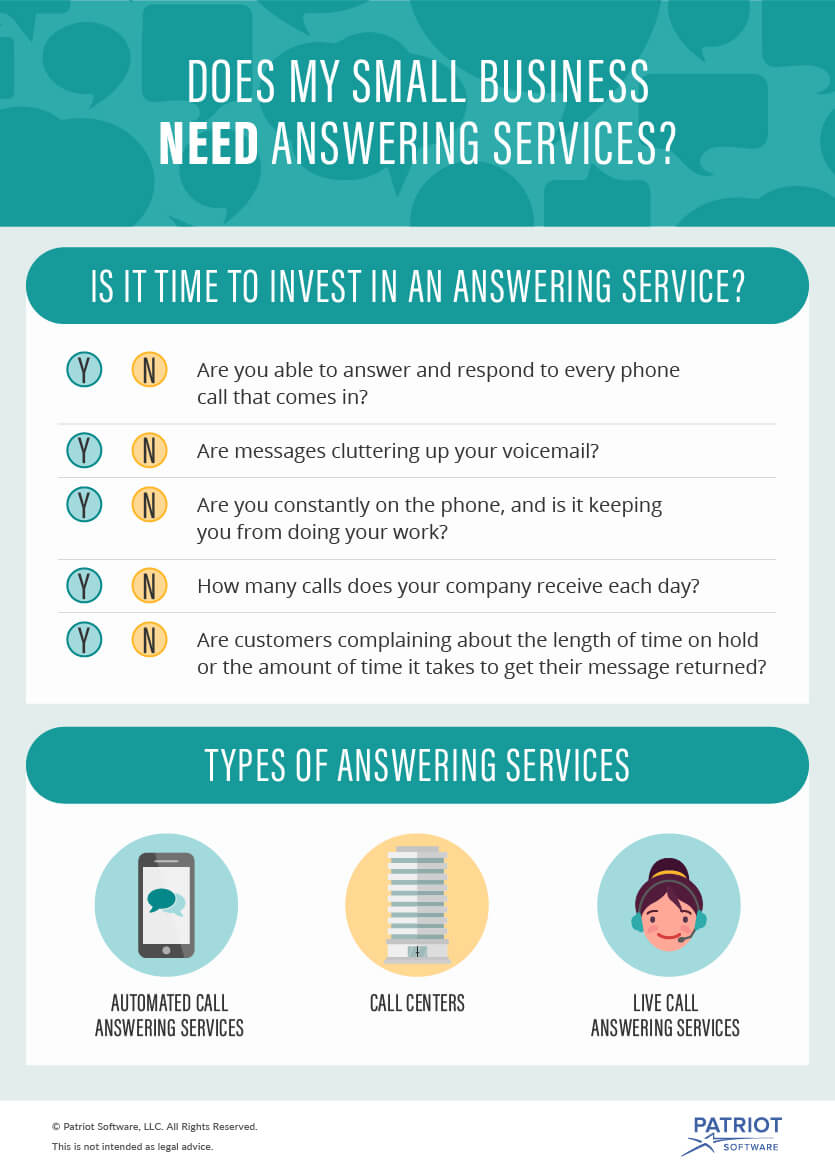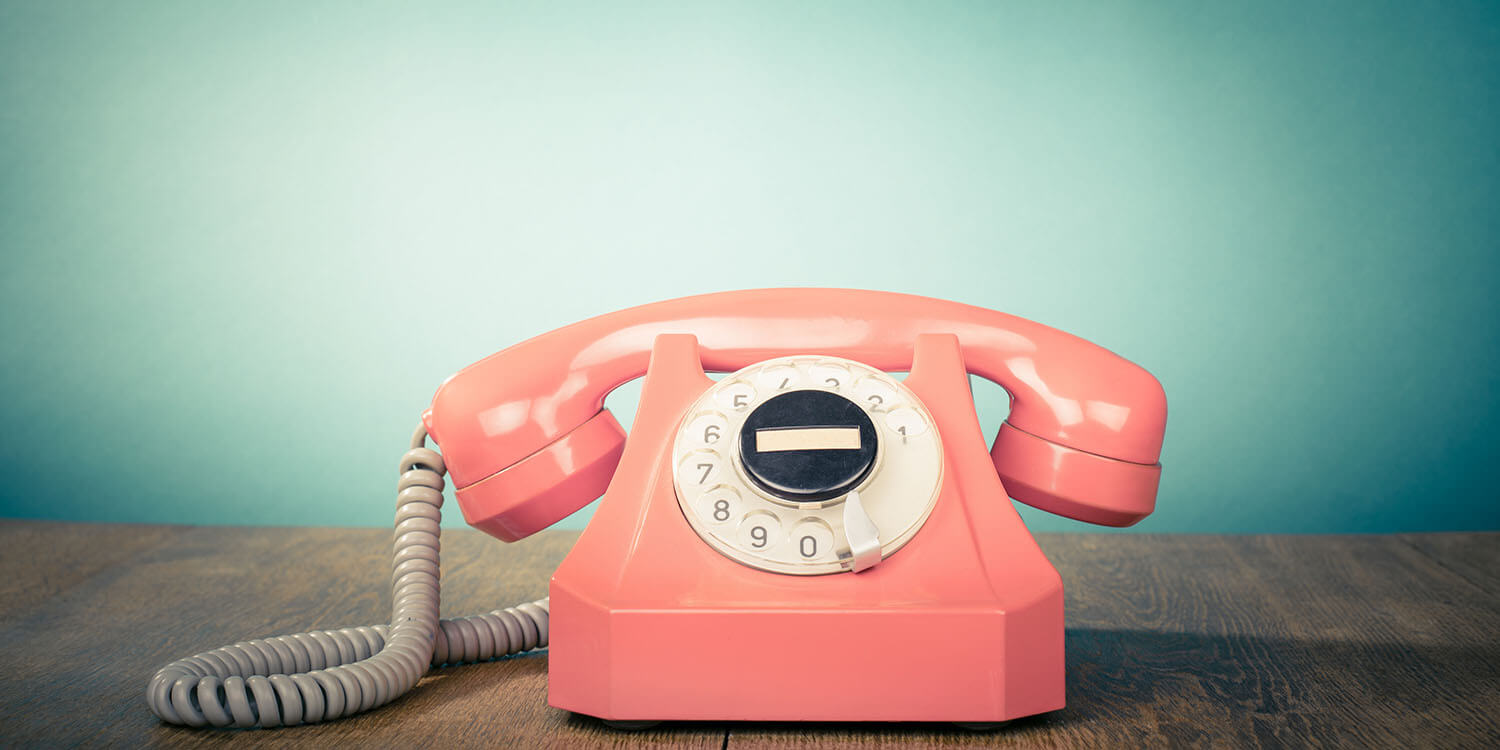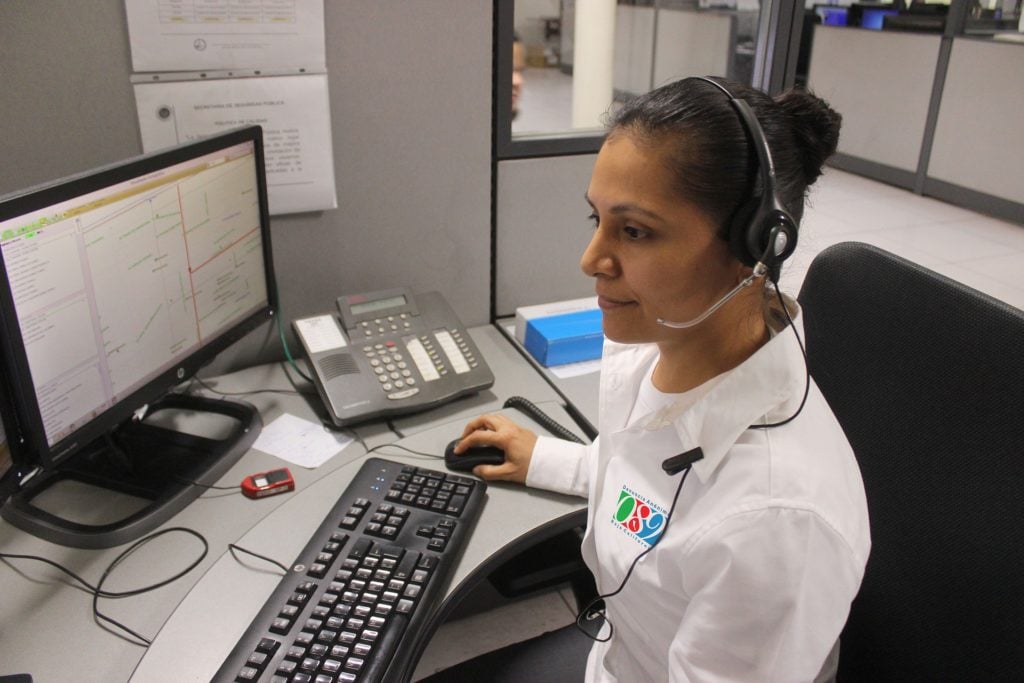All Categories
Featured
Table of Contents
- – What Is The Best Telephone Answering Service: W...
- – What's The Best Telephone Answering Service Me...
- – Which Is The Best 10 Signs Your Business Needs...
- – What Is The Best Outsource Answering Services...
- – Best How Much Does An Answering Service Cost ...
- – What Is The Best How Does An Answering Servi...
What Is The Best Telephone Answering Service: What It Is And Why It Isn't Enough Holder For Car
This device and its successors were created by Sava Jacobson, an electrical engineer with a personal consulting company. While early voice mail used magnetic tape technology, many contemporary devices utilizes strong state memory storage; some gadgets use a combination of both, with a solid-state circuit for the outbound message and a cassette for the inbound messages.
"toll saving" listed below) (phone call answering). This works if the owner is screening calls and does not wish to talk with all callers. In any case after going, the calling celebration ought to be informed about the call having actually been answered (in many cases this starts the charging), either by some remark of the operator, or by some welcoming message of the little, or addressed to non-human callers (e.
This holds particularly for the Littles with digitally kept greeting messages or for earlier devices (before the rise of microcassettes) with an unique limitless loop tape, separate from a 2nd cassette, devoted to recording. There have actually been answer-only devices with no recording capabilities, where the greeting message needed to inform callers of a state of present unattainability, or e (answering service).
What's The Best Telephone Answering Service Melbourne Cbd Australia Brand

about schedule hours. In taping Little bits the welcoming usually contains an invite to leave a message "after the beep". A voice mail that utilizes a microcassette to tape messages On a dual-cassette answerphone, there is an outbound cassette, which after the specified variety of rings plays a pre-recorded message to the caller.

Single-cassette voice mail consist of the outgoing message at the start of the tape and inbound messages on the staying area. They initially play the announcement, then fast-forward to the next offered area for recording, then tape-record the caller's message. If there are numerous previous messages, fast-forwarding through them can cause a significant hold-up.
This beep is typically described in the welcoming message, asking for that the caller leave a message "after the beep". Little bits with digital storage for the recorded messages do disappoint this hold-up, of course. A TAD may provide a push-button control center, where the answerphone owner can call the house number and, by going into a code on the remote telephone's keypad, can listen to taped messages, or erase them, even when away from house.
Which Is The Best 10 Signs Your Business Needs A Telephone Answering Service Company

Thereby the maker increases the variety of rings after which it answers the call (usually by two, resulting in 4 rings), if no unread messages are currently stored, but responses after the set number of rings (typically two) if there are unread messages. This allows the owner to discover whether there are messages waiting; if there are none, the owner can hang up the phone on the, e.
Some devices also allow themselves to be from another location activated, if they have been changed off, by calling and letting the phone ring a certain large number of times (generally 10-15). Some company desert calls already after a smaller variety of rings, making remote activation difficult. In the early days of Little bits an unique transmitter for DTMF tones (dual-tone multi-frequency signalling) was regionally needed for remote control, because the previously used pulse dialling is not apt to communicate suitable signalling along an active connection, and the dual-tone multi-frequency signalling was executed step-by-step.
Any inbound call is not recognizable with respect to these properties in advance of going "off hook" by the terminal equipment. So after going off hook the calls should be changed to proper gadgets and just the voice-type is instantly accessible to a human, but maybe, nevertheless need to be routed to a LITTLE (e.
What Is The Best Outsource Answering Services In The Usa - Start From $11/hr Business?
What if I informed you that you do not have to in fact get your gadget when answering a customer call? Someone else will. So practical, best? Responding to call doesn't need someone to be on the other end of the line. Effective automated phone systems can do the trick just as efficiently as a live representative and in some cases even better.
An automated answering service or interactive voice action system is a phone system that communicates with callers without a live individual on the line - answering service. When companies use this technology, customers can get the response to a concern about your organization simply by utilizing interactions set up on a pre-programmed call flow.
Although live operators upgrade the customer care experience, many calls do not require human interaction. A basic recorded message or guidelines on how a client can obtain a piece of info normally solves a caller's instant requirement - telephone answering service. Automated answering services are an easy and efficient way to direct inbound calls to the ideal person.
Best How Much Does An Answering Service Cost In 2023? Dealer Near Me
Notification that when you call a business, either for assistance or item inquiry, the very first thing you will hear is a pre-recorded voice welcoming and a series of options like press 1 for client service, press 2 for questions, and so on. The pre-recorded choices branch off to other options depending on the customer's choice.
The phone tree system helps direct callers to the ideal individual or department using the keypad on a cellphone. In some circumstances, callers can utilize their voices. It's worth keeping in mind that auto-attendant choices aren't restricted to the 10 numbers on a phone's keypad. As soon as the caller has selected their first option, you can design a multi-level auto-attendant that utilizes sub-menus to direct the caller to the ideal type of support.
The caller does not have to interact with an individual if the auto-attendant phone system can handle their concern. The automatic service can path callers to a worker if they reach a "dead end" and require support from a live agent. It is expensive to work with an operator or executive assistant.
What Is The Best How Does An Answering Service Work? To Buy In 2023?
Automated answering services, on the other hand, are significantly less pricey and provide significant cost savings at an average of $200-$420/month. Even if you don't have committed personnel to manage call routing and management, an automatic answering service improves efficiency by permitting your team to concentrate on their strengths so they can more effectively invest their time on the phone.
A sales lead routed to customer care is a lost shot. If a consumer who has item concerns reaches the incorrect department or receives incomplete answers from well-meaning staff members who are less trained to manage a specific kind of concern, it can be a cause of disappointment and discontentment. An automated answering system can decrease the variety of misrouted calls, consequently assisting your employees make much better use of their phone time while maximizing time in their calendar for other tasks.
With Automated Answering Systems, you can develop a tailored experience for both your personnel and your callers. Make a recording of your main welcoming, and merely update it frequently to show what is going on in your company. You can develop as lots of departments or menu options as you want.
Table of Contents
- – What Is The Best Telephone Answering Service: W...
- – What's The Best Telephone Answering Service Me...
- – Which Is The Best 10 Signs Your Business Needs...
- – What Is The Best Outsource Answering Services...
- – Best How Much Does An Answering Service Cost ...
- – What Is The Best How Does An Answering Servi...
Latest Posts
Exceptional Professional Answering Service
Top Live Receptionist Service Near Me – Australia
High-Growth Remote Reception Service
More
Latest Posts
Exceptional Professional Answering Service
Top Live Receptionist Service Near Me – Australia
High-Growth Remote Reception Service